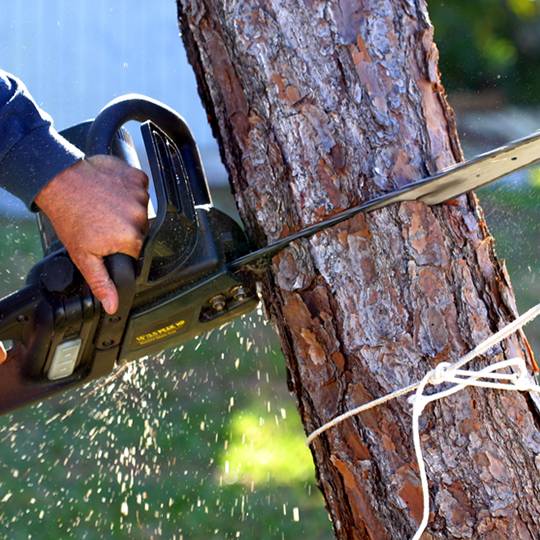6 TIPS FOR TREE REMOVAL SAFETY

Even for the most experienced professionals in tree services, removal can be a difficult task. Safety is a must when there are live chainsaws and falling trees. Follow our safety tips for tree removal in north shore to finish the job safely and protect yourself.
There Are Six Tips To Help You Safely Remove Trees.
If you must cut down a tree, place it where you want. Here are six safety tips for tree removal.
1. Protect Yourself:
A hard hat and safety glasses will keep you safe from flying debris, electrocution, stings, and bites. If you are planning to use a chainsaw, it is important that you wear Kevlar pants and ear protection. These chaps stop the blade instantly if you drop the bar on your leg. Wear long sleeves and slip resistant shoes when working outdoors.
2. Check The Power Lines:
Do not get too close to live wires. It’s not necessary to touch the live wire in order to be injured. Even touching a branch near a live wire can be fatal. Do not attempt to work on a tree that is within 10 feet from a powerline. Instead, call the electric company. Call the electric company instead.
3. Stay On Terra Firma:
Only perform a job where you can keep both of your feet on the ground. When homeowners are not trained, they can quickly get into trouble when trying to prune large trees from a high ladder. Call a professional if you are unable to do the job safely.
4. Protect Others:
Estimate the “falling zone” of the tree and mark it off accordingly to protect yourself, your partner at work, your family, pets, and pedestrians. Trees can reach higher and farther than you think. The “ax-handle trick” can be used to estimate the location of a falling tree. (Hold the ax at arm’s distance, close one eye, and move away from the tree or toward it, until the ax top is level with the treetop, and the base is also level.) You should place your feet close to the top of the tree. Be sure to add extra space when estimating the felling zone. Estimates can be inaccurate, and falling branches are deadly.
5. Always Work With A Friend:
It is safer to do so. A trusted person can stand behind you to monitor the tree’s top for falling branches. They will also let you know if the tree begins to fall. You can have them tap you with a stick on the shoulder to alert you when a tree branch is about to fall or if it’s the right time to leave. You and your partner both need to be trained in CPR, first aid, and other emergency procedures.
6. Get Smart:
Before you start the chainsaw, educate yourself about the weather, equipment, tree, and surroundings. Use your ax and chainsaw in a systematic way to cut notches, remove branches, and trim the tree. Check the tree for damage and cracks. It is dangerous to remove dead branches that have been broken but are still attached or are supported by another branch. Avoid DIY if there is anything that you are concerned about in the area of the tree felling. Instead, call a certified professional. Your life, health, and property are all precious.




Leave a Reply